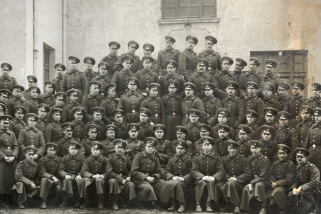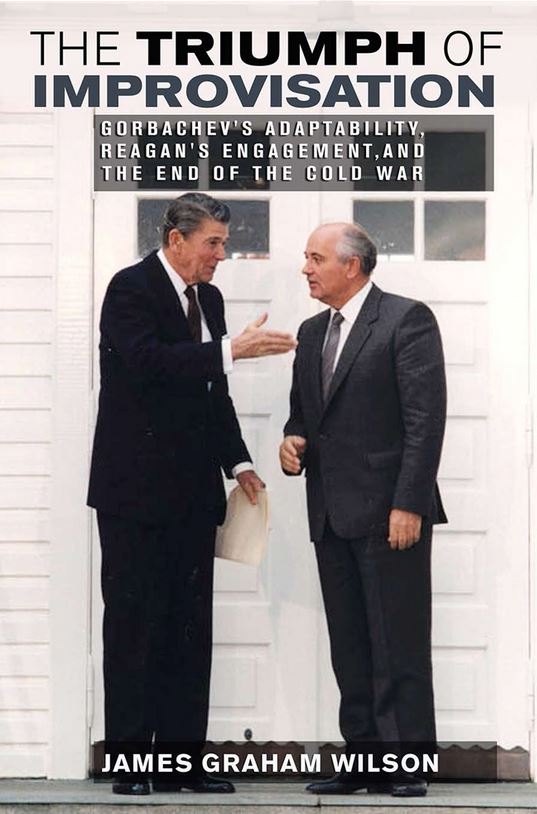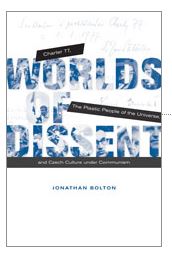CFP: ASPASIA VOL. 11: “THE RUSSIAN REVOLUTION 100 YEARS LATER”
Aspasia: The International Yearbook of Central, Eastern, and Southeastern European Women’s and Gender History
Call for Contributions : Volume 11 (to be published in 2017)
THE RUSSIAN REVOLUTION: 100 YEARS LATER
Deadline for submissions: September 15, 2015
The year 2017 marks the 100th anniversary of what has come to be called the Russian Revolution, the collective designation for the February and October Revolutions. The impact of the Revolution reverberated throughout Europe. The former Russian empire was thrown into civil war. Battles raged over the territory of Russia and Ukraine. Some parts of the empire, including Finland, Estonia, Latvia, Lithuania, and Georgia, used the upheaval to declare independence. The Revolution encouraged socialist uprisings in the crumbling German and Habsburg Monarchies and inspired left-wing activism all over the world. Ever since, the meaning and significance of Russian Revolution of October 1917 has been hotly debated. Did it offer possibility and hope or violence and oppression?
The Revolution and its consequences were also deeply gendered. Celebrations of International Women’s Day were a significant catalyst for the February Revolution. The Bolshevik agenda engaged with gender on the level of society and the family. Women were to be liberated from housework and childcare and involved more actively in the public sphere. Official policies promised equal pay for equal work. New family laws granted women greater rights in marriage and divorce. Although these legal changes and new social policies did not erase family patriarchy, and indeed invoked resistance, the revolution introduced new gender ideals both for women and men.
We invite historians of women and gender in the region of Central, Eastern and Southeastern Europe to reflect on the regional and global impact of the Russian Revolution. Questions we are interested in include, but are not limited to:
* What was the impact of the February and/or October Revolution on gender in the countries of the region?
* How were women involved in the Russian Revolution? What were the tensions between different women’s groups (liberal feminists, Bolsheviks, etc.)?
* What were the gender ideologies of the Russian Revolution? How were they implemented? Who resisted these changes and how?
* What was the relationship between national movements and the Russian Revolution, and how did gender shape them?
* How did the Russian Revolution change or transform gender roles/ideologies?
In addition to the specific theme of The Russian Revolution 100 Years Later, we welcome submissions on all topics related to women’s and gender history in CESEE on an on-going basis.
Submissions of up to 8,000 words (including notes) can be sent to aspasia@ceu.edu or to Melissa Feinberg at mfeinberg@history.rutgers.edu. For more information, please write to one of the editors or visit ASPASIA web-site (http://journals.berghahnbooks.com/asp/) where you can also download the Aspasia Guidelines for Authors.













